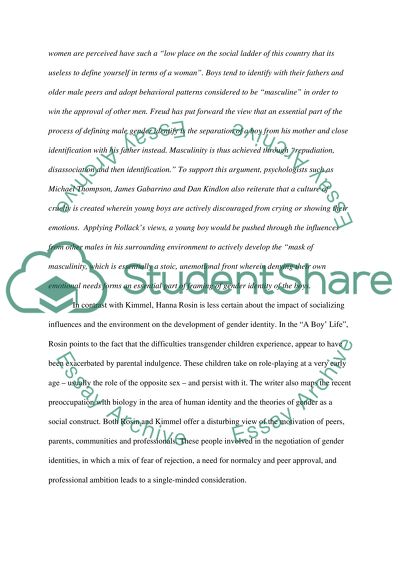Cite this document
(“Nature or nurture Essay Example | Topics and Well Written Essays - 1000 words”, n.d.)
Retrieved from https://studentshare.org/environmental-studies/1419344-nature-or-nurture
Retrieved from https://studentshare.org/environmental-studies/1419344-nature-or-nurture
(Nature or Nurture Essay Example | Topics and Well Written Essays - 1000 Words)
https://studentshare.org/environmental-studies/1419344-nature-or-nurture.
https://studentshare.org/environmental-studies/1419344-nature-or-nurture.
“Nature or Nurture Essay Example | Topics and Well Written Essays - 1000 Words”, n.d. https://studentshare.org/environmental-studies/1419344-nature-or-nurture.


